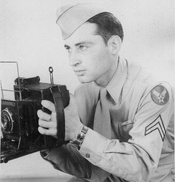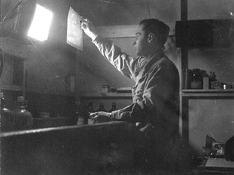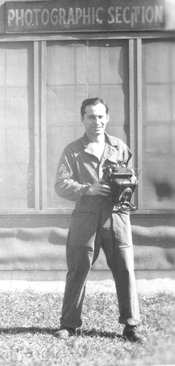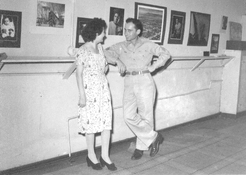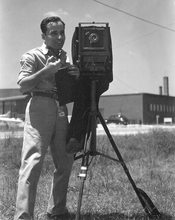Hello all
So I have just sold my battered 4x5 Speed Graphic as Dan Daniel is converting a Kodak Medalist accept 120 roll film. The increase in portability (for me) means that the medalist is a better camera than the Graphic.
I know that professional photographers during WW2 and later wars often preferred these smaller medium format cameras for the smaller form factor of the camera. The overall quality of a properly exposed, developed and printed/scanned 4x5 negative cannot be denied though.
So just for fun, I was just curious to see if other members have had to choose between these two cameras and what they chose, and the reason for these choices?
NB: I also have a full 4x5 film camera system (wista 45n) so I do have another 4x5 camera!
So I have just sold my battered 4x5 Speed Graphic as Dan Daniel is converting a Kodak Medalist accept 120 roll film. The increase in portability (for me) means that the medalist is a better camera than the Graphic.
I know that professional photographers during WW2 and later wars often preferred these smaller medium format cameras for the smaller form factor of the camera. The overall quality of a properly exposed, developed and printed/scanned 4x5 negative cannot be denied though.
So just for fun, I was just curious to see if other members have had to choose between these two cameras and what they chose, and the reason for these choices?
NB: I also have a full 4x5 film camera system (wista 45n) so I do have another 4x5 camera!


